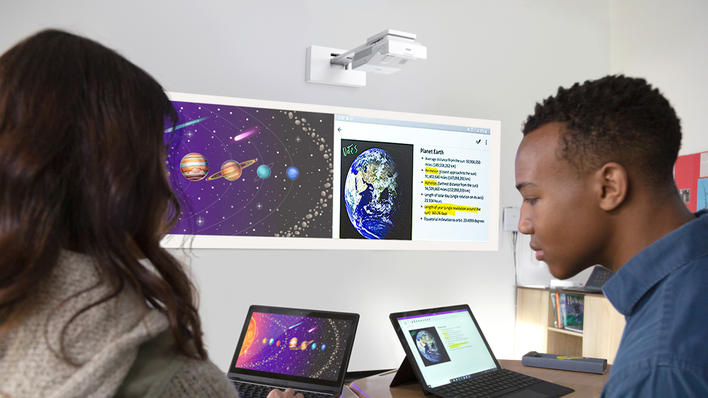The social enterprise is on the rise — a signal of a broader shift in consumer culture and a growing expectation that private companies will make a positive impact on the world. But, how do we measure impact? For years, business leaders have clamored for actionable, often automated, data to measure the return on investment of their initiatives. As a result, the business world has become infused with the buzzword, “data-driven.”
Measuring the effectiveness of solutions on outcomes is important for all businesses, but it is particularly critical for companies whose outcomes are intended to improve our society. Take, for example, a renewable-energy company aimed at decreasing the carbon footprint through cheaper renewable fuel sources or a health-care company dedicated to improving the accuracy of diagnosis using better-trained machine-learning algorithms. Knowing if these solutions are having the intended impact is paramount. Nowhere is this type of evaluation of impact more critical than in education, where spending is fueled by taxpayer money and the effectiveness of a program, tool, or technology solution can transform the future of an entire generation.
With education technology on the rise and some K-12 districts spending hundreds of thousands of dollars each year on tech, the need to evaluate these solutions only intensifies. There is a growing demand to understand whether the purchased solutions improve student learning, growth, and development, but measuring such outcomes is complex and nuanced. The impact of a given educational experience can take years to fully manifest, and the number of confounding variables influencing a student’s learning environment are innumerable; not to mention, the debate around the purpose of education growing louder and more muddled by the day.
However, the crowded catalogue of learning technology solutions makes the need for measurable impact more pressing. Cue impact research, an emerging department in companies, including education technology. These teams are well-positioned to ask questions about whether the solutions are actually having an impact, such as:
- How does this learning solution actually impact student outcomes? At what scale, and by which standards?
- What intervention most increases interest for a subset of students?
- Which characteristics contribute most to an effective learning experience?
Impact research focuses on measuring and evaluating the impact of a specific learning solution, application, or intervention on student outcomes. It quantifies the ROI of a learning investment by directly assessing whether a product improves the target result: better grades, higher confidence, increased interest, or stronger engagement. With this evidence in hand, policy makers can more effectively allocate tight budgets, and educators can more confidently make purchasing decisions knowing the solution will deliver an effective learning experience for their students.
Furthermore, these insights can augment the quality of learning solutions by equipping solution providers, product designers, and content creators with a library of scientific evidence about what really works. This augmentation enables them to continuously improve their products to maximize positive student outcomes.
Impact research infuses the rigor of data science back into learning. It allows those calling the shots to make decisions based on evidence. What decision could be more important than determining how best to educate the next generation?
This article was written by Rebecca Sadwick Shaddix from Forbes and was legally licensed through the NewsCred publisher network. Please direct all licensing questions to legal@newscred.com.
![]()



